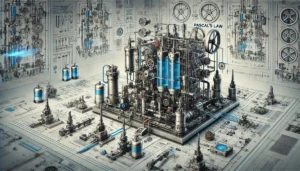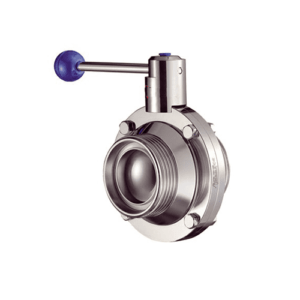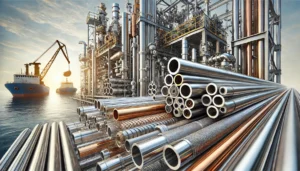At the industrial level, one can think of a pipe and a tube as the same concept., but in reality, the case is entirely different. There is a difference in measurement, purpose, and tolerances when it comes to pipes and tubes, which is important to differentiate for engineers working on a project. In this detailed guide we will illustrate the difference between pipes and tubes in complete detail.
1. Measurement Standards: Pipe vs. Tube
Understanding measurement criteria of both pipes and tubes is important as they have their own universal set of rules as per the British Standards.
Pipes: This is an American standard whose unit of measurement is known as Nominal Pipe Size (NPS). It is the internal diameter measurement of the pipe. Only the outer diameter of the pipe is standardized and the schedule thickness varies.
Tubes: British Standards define the measurement of a tube in detail based on its outer diameter OD and wall thickness WT. Precise specifications which are required for critical application.
2. Applications: Where Pipes and Tubes Are Used
Pipes: They are primarily needed to transfer any fluid or gas with specific pressure in varying industrial setups including but not limited to oil, gas pipelines, water transport, and even chemical plants.
Tubes: More common in structural works, heat exchangers, sensors, and some mechanical components. Even in precision characteristics such as in aviation and in automobiles tubes are turned out for products.
3. Tolerances: Strength and Precision
The existence of tolerances differentiates pipes from tubes:
Pipes: Cast with wider tolerances as their structural constituents are designed to bear internal load rather than hold shape.
Tubes: Need tighter tolerances due to the impacts of their applications which can be without a replacement in the future and therefore need to be of exact measures and with quality surfaces.
4. Material and Manufacturing
Pipes: Standardly composed of carbon steel, stainless steel, or PVC and shaped through processes like welding or seam extrusion.
Tubes: Created from several materials which include metals like steel, aluminum, and copper; and alloys. Cold drawing is one of the processes in this.
5. Dimensional Differences in Outer Diameter (OD)
Pipes: For the outer diameter as it exceeds 12 inches the size corresponds the measurements, for instance measuring the 6 inch pipe which records 6.625 while having 6 inches, anything up to 12 inches the size is ever so larger than specified.
Tubes: Richmond’s simplify tubes have a uniform outer diameter in every inch specification, OD is equal to the measurement provided.
6. Availability and Customization
Pipes: range from minimal size measurement of 1/8 inch and can go all the way up to 80 inches without any structural disintegration.
Tubes: Tend to be smaller in size along with structural distal tubes which can be created depending on the demand for different sizes and specifications.
Final Thoughts
Pipes and tubes are different as their applications differ along with operational requirements. In the case of pipes, they are most suited for the transportation of liquids and gases with a focus on containing maximum pressure whereas for tubes, structural and precise applications are best suited as their dimensional tolerances are Outstanding.
Everything from pressure rated pipes to high precision tubes is available with us and all your industry requirements are fulfilled with our extensive catalog of options. At Induskart, you will definitely find the best options for your projects.










